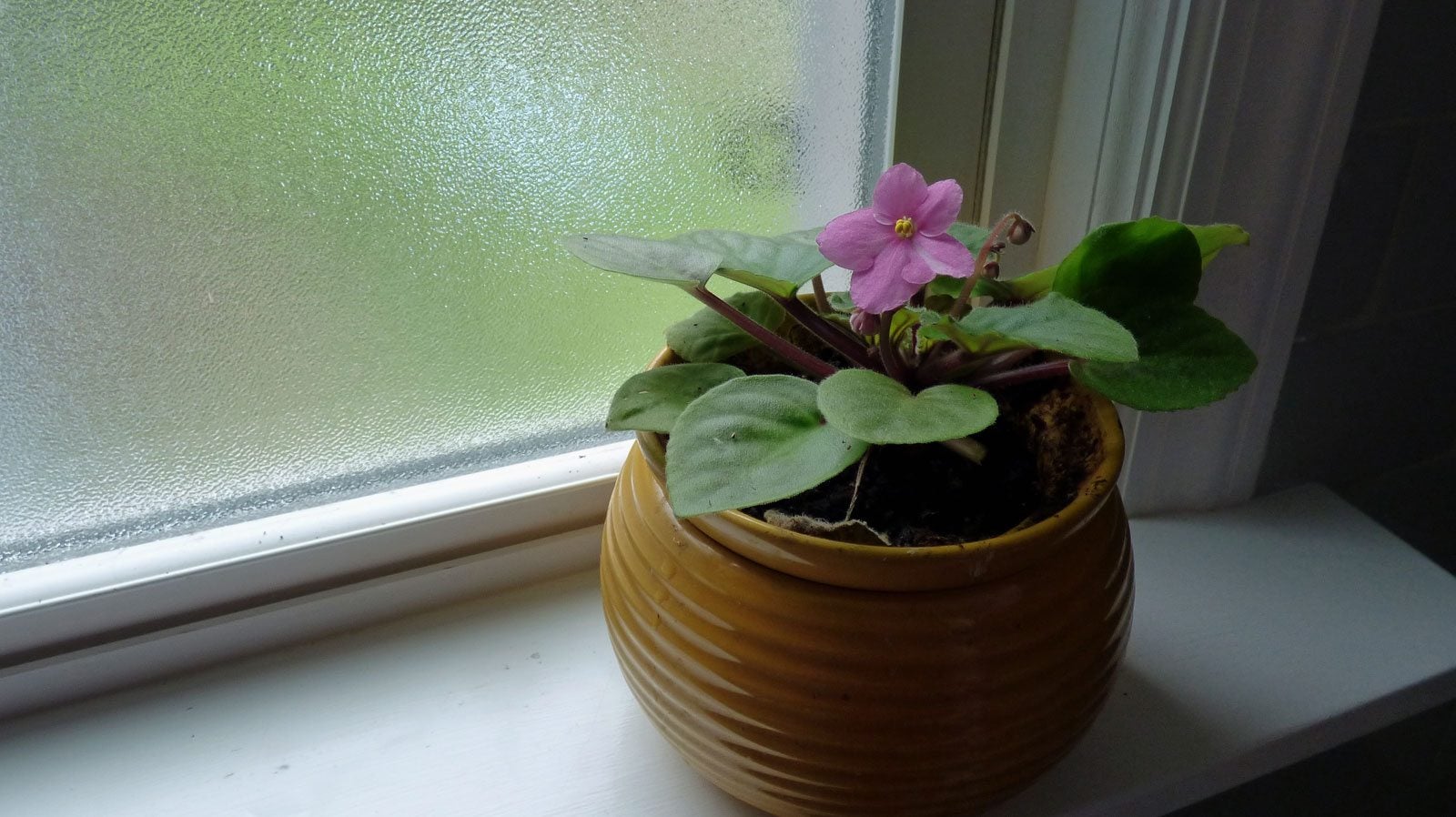Rotating Houseplants – How Often Should I Turn A Houseplant


Have you ever noticed that your houseplant leans toward light? Any time a plant is indoors, it’s going to crane itself toward the best light source. This is actually a natural growing process that helps plants in the wild find sunlight, even if they’ve sprouted in the shade. Unfortunately, it can make for some weird-looking plants. Luckily, this can be remedied easily with simple rotating. Keep reading for more information and tips on rotating houseplants.
Rotating Houseplants
The process that causes a houseplant to lean toward light is called phototropism, and it doesn’t actually involve leaning at all. Every plant contains cells called auxins, and their growth rate determines the shape of the plant. Auxins on the side of the plant that receives full sun grow shorter and sturdier, while auxins that are on the shadier side of the plant grow longer and spindlier. This means one side of your plant grows taller than the other, making for that craning, bending effect. Turning houseplants on a regular basis, however, will help keep your plants looking their best – all of which results in healthier, stronger growth.
How Often Should I Turn a Houseplant?
Sources vary on the rotation of houseplants, recommending a quarter turn everywhere from every three days to every two weeks. A good rule of thumb, and an easy way to add the rotation of houseplants to your routine without adding too much strain on your memory, is to give your plant a quarter turn every time you water it. This should keep your plant growing evenly and healthily.
Fluorescent Lights
An alternative to rotating houseplants is setting up fluorescent lights on the shady side of the plant, causing auxins on both sides to grow sturdily and the plant to grow straight. Similarly, a light source directly above the plant will make for even and straight growth and doesn’t require a window at all. If you like your plant’s position and don’t want to get into extra lighting, however, rotating will work just fine.
Gardening tips, videos, info and more delivered right to your inbox!
Sign up for the Gardening Know How newsletter today and receive a free copy of our e-book "How to Grow Delicious Tomatoes".

The only child of a horticulturist and an English teacher, Liz Baessler was destined to become a gardening editor. She has been with Gardening Know how since 2015, and a Senior Editor since 2020. She holds a BA in English from Brandeis University and an MA in English from the University of Geneva, Switzerland. After years of gardening in containers and community garden plots, she finally has a backyard of her own, which she is systematically filling with vegetables and flowers.
-
 Looking For Plants To Give You The Soft And Fuzzies? Try These 5 Fuzzy Leaf Plant Options
Looking For Plants To Give You The Soft And Fuzzies? Try These 5 Fuzzy Leaf Plant OptionsLovers of texture, drama, silver foliage and tactile plants will adore these special sensory garden additions. These fuzzy leaf plant options will leave you all aglow
By Susan Albert
-
 Get Ready For A Summer Of Hummers! Grow These Full Sun Hummingbird Plants and Flowers
Get Ready For A Summer Of Hummers! Grow These Full Sun Hummingbird Plants and FlowersIf you’re lucky enough to enjoy a sunny backyard, make sure you are maxing out on your pollinator opportunities and grow these full sun hummingbird plants and flowers
By Tonya Barnett
-
 8 Easy Care Houseplants That Live A Long Time
8 Easy Care Houseplants That Live A Long TimeClick here to learn about our 8 favorite low maintenance houseplants that can, with proper care, live a long time.
By Amy Grant
-
 How Often Should You Repot Plants?
How Often Should You Repot Plants?Escaping roots and shrinking leaves may mean your plant wants a new pot, but some like staying cramped and cozy.
By Mary Ellen Ellis
-
 Orange Flowering Houseplant Varieties With Tropical Flair
Orange Flowering Houseplant Varieties With Tropical FlairClick here to learn about some cheerful orange-blooming houseplants you can try growing.
By Mary Ellen Ellis
-
 Variegated Houseplants With Lovely Leaves
Variegated Houseplants With Lovely LeavesWhat are some of the best variegated houseplants to add to your collection? Click here to find out.
By Amy Grant
-
 Lovely, Lacy Indoor Foliage Plants
Lovely, Lacy Indoor Foliage PlantsClick here to learn about some houseplants with lacy foliage to add to your collection.
By Mary Ellen Ellis
-
 Best Christmas Houseplants And Plants For Winter Holidays
Best Christmas Houseplants And Plants For Winter HolidaysClick here for an idea of the best houseplants to use for holiday décor for Christmas, Hanukkah, Kwanzaa, and New Year’s.
By Laura Miller
-
 Best Big Houseplants To Create An Indoor Oasis
Best Big Houseplants To Create An Indoor OasisIf you have the space you may want to grow some large houseplants. Here are some ideas.
By Mary Ellen Ellis
-
 Relaxing Plants To Grow Indoors For A Calmer Mind
Relaxing Plants To Grow Indoors For A Calmer MindAre there houseplants that can help you to relax? Click here to find out.
By Laura Miller